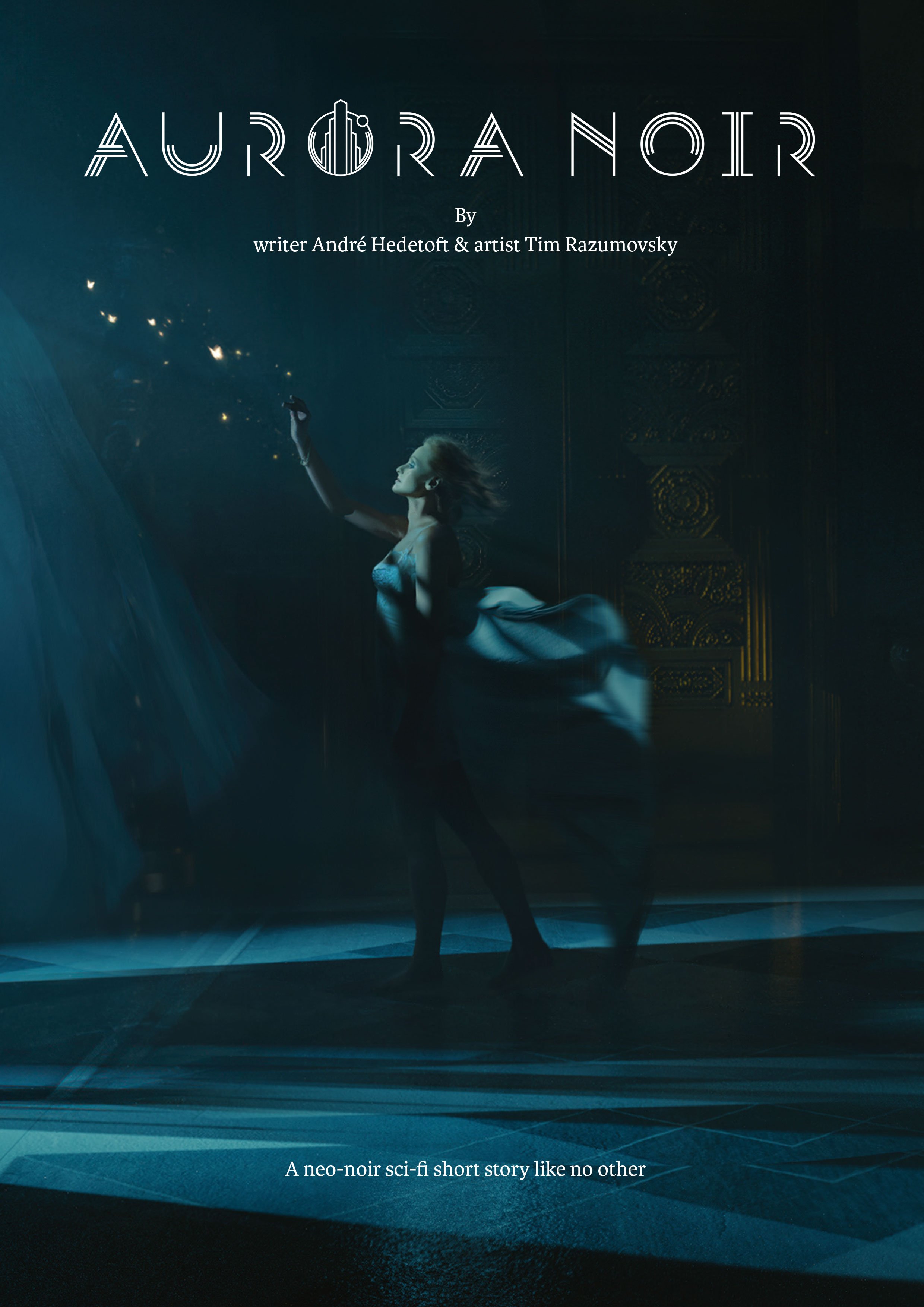
Soundnest Navigates Universe Marked by Solitude and Haunting Beauty

‘Aurora Noir: Chapter Zero’ is a neo-noir sci-fi short — an original creation from writer André Hedetoft and visual artist Tim Razumovsky, and brought to life through the gripping voice performance of Chloë Elmore, the story unfolds in a universe marked by tension, solitude, and haunting beauty. The project fuses gritty noir storytelling with sleek, futuristic visuals, immersing viewers in a dark and stylised world where technology and mystery collide.
We were tasked with creating an immersive sonic world that would deepen the atmosphere, enhance the emotional gravity of the narrative, and complement the sharp, cinematic visuals of ‘Aurora Noir’. The challenge was to mirror the story’s mood — a future where hope flickers through shadows, and silence often speaks louder than sound.
Building Atmosphere Through Sound
To reflect the underlying tension of the story, we leaned into industrial textures, eerie modular synths, and distant, obscured vocals — all layered into a living, shifting sound bed. Each layer carried varying levels of distortion and saturation, creating a grainy, unpredictable world that felt as though it might collapse at any moment. But one of the most powerful elements we employed wasn’t sound, it was silence.
Well-placed moments of quiet weren’t just pauses; they were intentional choices designed to give the audience space to breathe, reflect, and absorb what they’d just heard. Silence can heighten suspense, allow emotional beats to land more deeply, and give contrast to heavier sound design elements. It helps transform a soundscape from merely atmospheric into something psychological and something the listener feels as much as hears.

Sound in Service of Story
Throughout the process, we focused on spatial depth. Our aim wasn’t to overwhelm the narrative with sound, but to complement it and to build a world around the voiceover without crowding it. Every sonic decision, from ambient layers to more structured musical cues, was designed to echo the emotional arc of the story: a sense of vastness, isolation, and quiet intensity.
Modular synthesisers were central to our toolkit, particularly the Make Noise Morphagene — a granular, tape-style module that captures fragments of audio and dissects them into smaller parts. This allowed us to shape sound in a way that felt unpredictable and organic — fitting for the fragmented, futuristic world of ‘Aurora Noir’.

Sculpting Dynamics with EQ
Another key part of our approach was dynamic EQ shaping, especially at the master bus level. During heavier, more ominous scenes, we subtly boosted low-mids and rolled off the high end, adding weight and murkiness to the sonic palette. In contrast, for lighter, more introspective moments, we reduced the low frequencies and allowed the highs to shimmer — giving space and lightness where needed. This dynamic “push and pull” helped us mirror the emotional progression of the piece without relying on traditional musical cues.
A World Beyond the Frame
‘Aurora Noir: Chapter Zero’ is more than a short film — it’s an experience. And our job was to ensure the audio felt just as alive, cinematic, and emotionally complex as the story itself. We’re proud to have played a role in helping bring this gripping world to life, and we hope audiences enjoy the journey as much as we enjoyed creating it.
Read more from Soundnest here.















